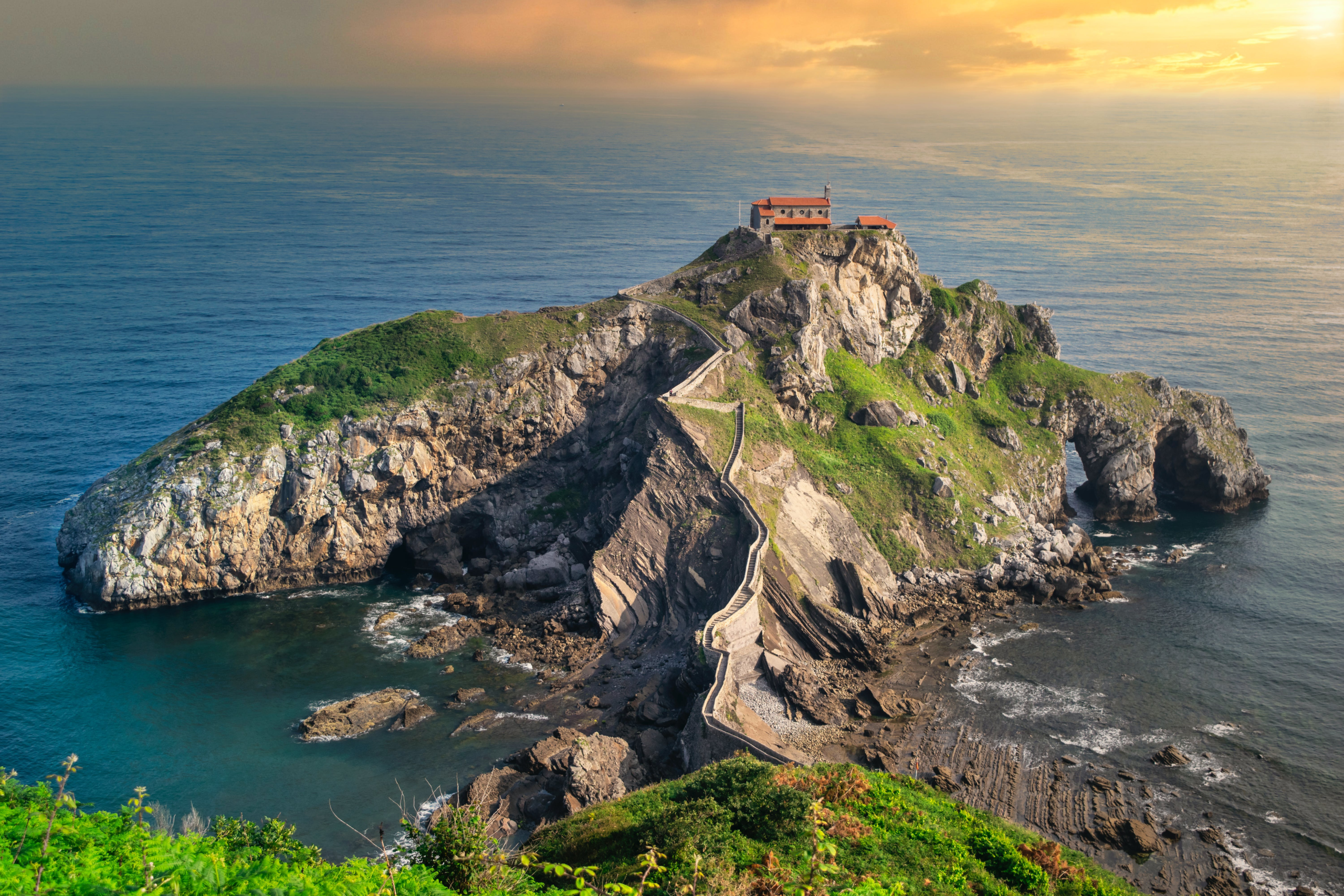Introduction
Alcatraz Island, a mere speck in the vastness of San Francisco Bay, has stood as a silent witness to the tumultuous waves of human emotion and struggle. Known primarily for its infamous federal prison, Alcatraz’s story is interwoven with tales of hope, despair, rebellion, and redemption, making it a poignant symbol in American history.
The Island’s Lonely Vigil
Amidst the fog that often shrouds San Francisco Bay, Alcatraz Island stands isolated, its rough, barren landscape echoing the loneliness and isolation felt by those who were once confined here. This small, rocky island, with the relentless ocean waves crashing against its shores, has been a silent observer of human endurance and suffering.
From Discovery to Military Bastion
Discovered in the 18th century, Alcatraz was first known for its abundant bird life. However, its transformation into a military fortification in the 1850s marked the beginning of its journey as a place of human confinement and control. During the Civil War, the island served as a fortress and a military prison, holding those caught in the tragic fraternal conflict of a nation divided.
The Notorious Federal Prison
In 1934, a significant transformation occurred as Alcatraz took on a new identity as a federal penitentiary. This pivotal moment marked its indelible imprint in history. The island became synonymous with confinement for America’s most infamous outlaws, including the likes of Al Capone and Robert Stroud, known as the “Birdman of Alcatraz.” The daily existence behind these formidable walls bore witness to the extraordinary resilience of the human spirit, enduring some of the most severe and challenging conditions imaginable.
Top of Form
The unyielding routine, the cold cells, and the sound of clanging bars were daily reminders of the thin line between order and chaos, freedom and captivity.
Tales of Despair and Daring
The stories of those who tried to escape Alcatraz speak volumes about the indomitable human spirit. The most famous escape attempt in 1962, involving Frank Morris and the Anglin brothers, remains shrouded in mystery and intrigue, symbolizing the perpetual human yearning for freedom and the lengths one will go to achieve it.
The Closing of a Dark Chapter
In 1963, Alcatraz prison closed its doors, marking the end of an era. The reasons were practical – rising costs and crumbling infrastructure – but symbolically, it represented a shift in the American justice system, from punitive isolation to a more rehabilitative approach.
A Platform for Voices Unheard
In 1969, Alcatraz gained new life as a stage for protest. Native American activists occupied the island, demanding justice and recognition for their people. This occupation, lasting 19 months, was not just a political statement but a poignant reminder of the ongoing struggles of indigenous peoples. It was a manifestation of resilience, a call for change echoing through the halls of a place once synonymous with unyielding control.
Alcatraz Today: A Beacon for the Curious
Today, as a National Historic Landmark, Alcatraz captures the imagination of visitors globally. It’s not merely the physical remains of a prison that draws them but the opportunity to immerse themselves in a place steeped in profound human experiences and emotions. The island stands as a poignant testament to history, seamlessly connecting the past with the present. It invites reflection on the enduring themes of liberty, justice, and the remarkable endurance of the human spirit.Echoes in Popular Culture
Alcatraz’s impact on popular culture is undeniable. In the realms of cinema, literature, and television, Alcatraz has been portrayed as the quintessential stronghold, symbolizing both literal and metaphorical isolation, and the human endeavor to overcome seemingly impossible challenges. Its portrayal in various media forms serves as a poignant reminder of humanity’s darker facets as well as our relentless pursuit of redemption and transformation.
Conclusion
Alcatraz Island is a mosaic of human stories, etched into the cold stone and restless waters that surround it. Its history is a poignant reminder of our complex nature – our capacity for cruelty and kindness, imprisonment and liberation, despair and hope. As a symbol of resilience and change, Alcatraz continues to resonate with each visitor, reminding us of our shared humanity in the face of life’s unrelenting tides. In 1934, Alcatraz evolved into a federal penitentiary, a decision that would forever etch its name in history. It became home to some of the most notorious criminals, including Al Capone and the “Birdman of Alcatraz”. Life within these prison walls was a testament to the human will to survive under the harshest conditions
